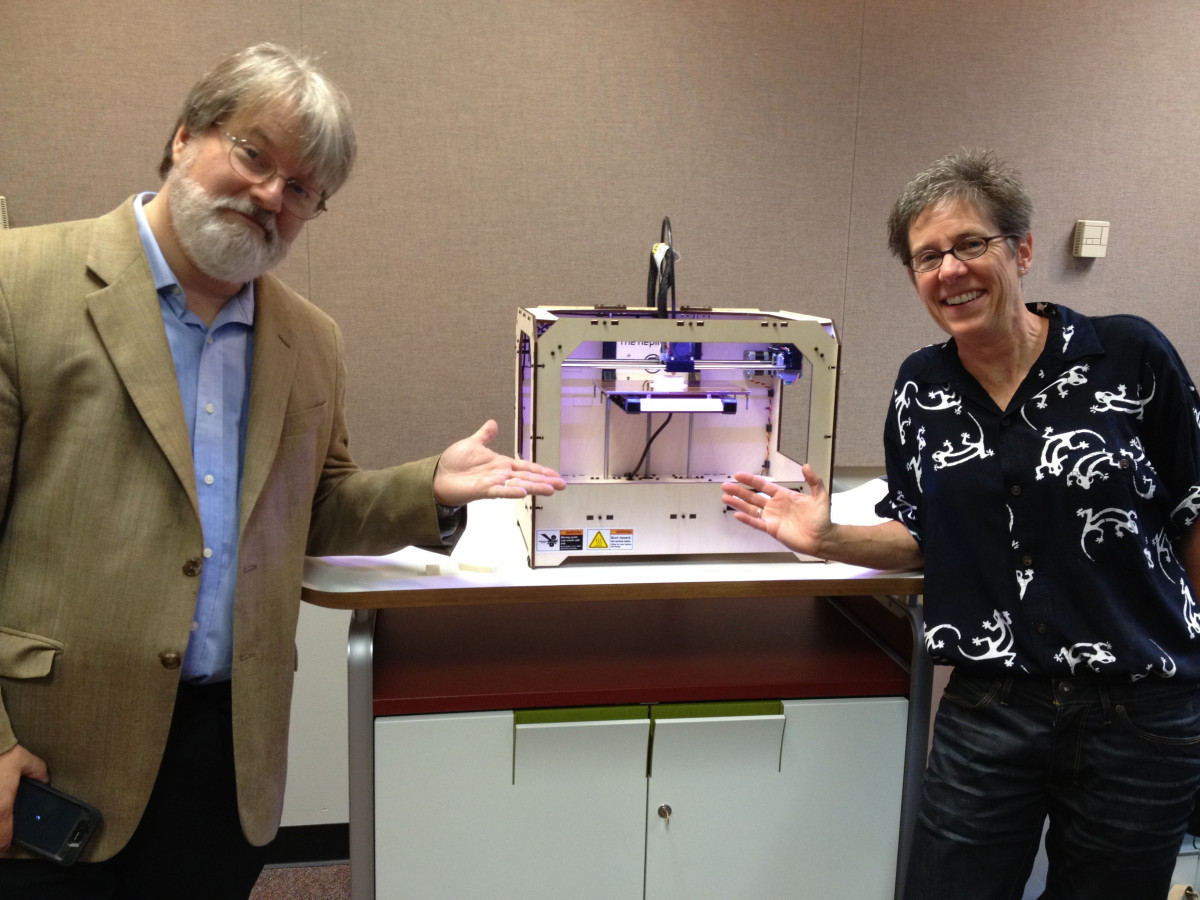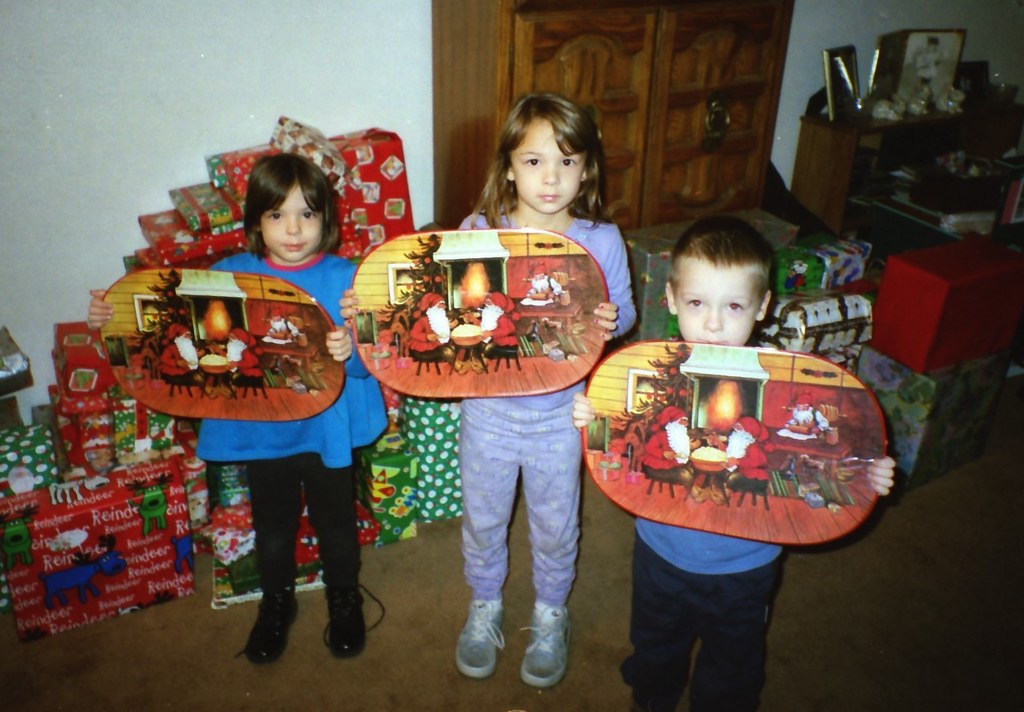Remember when hobbies were supposed to be cheap ways to kill time between work, sleep, and endless scrolling? You’d pick something up for a few bucks, maybe invest a weekend or two, and boom—lifelong passion unlocked. But somewhere along the way, that watercolor starter kit turned into a $300 haul at the art supply store, and your “just-for-fun” bike rides started demanding gear that costs more than your rent.
Whether it’s inflation, gentrification of fun, or just our tendency to go all in once we find a new obsession, a lot of formerly budget-friendly pastimes have quietly transformed into financial sinkholes. We’re talking sticker-shock levels of investment just to keep up with the basics. So if your innocent little hobby now requires a payment plan and a spreadsheet, you’re not alone. Here are 12 once-affordable hobbies that now cost a small fortune to maintain—and yes, we’re crying right along with you.
1. 3D Printing
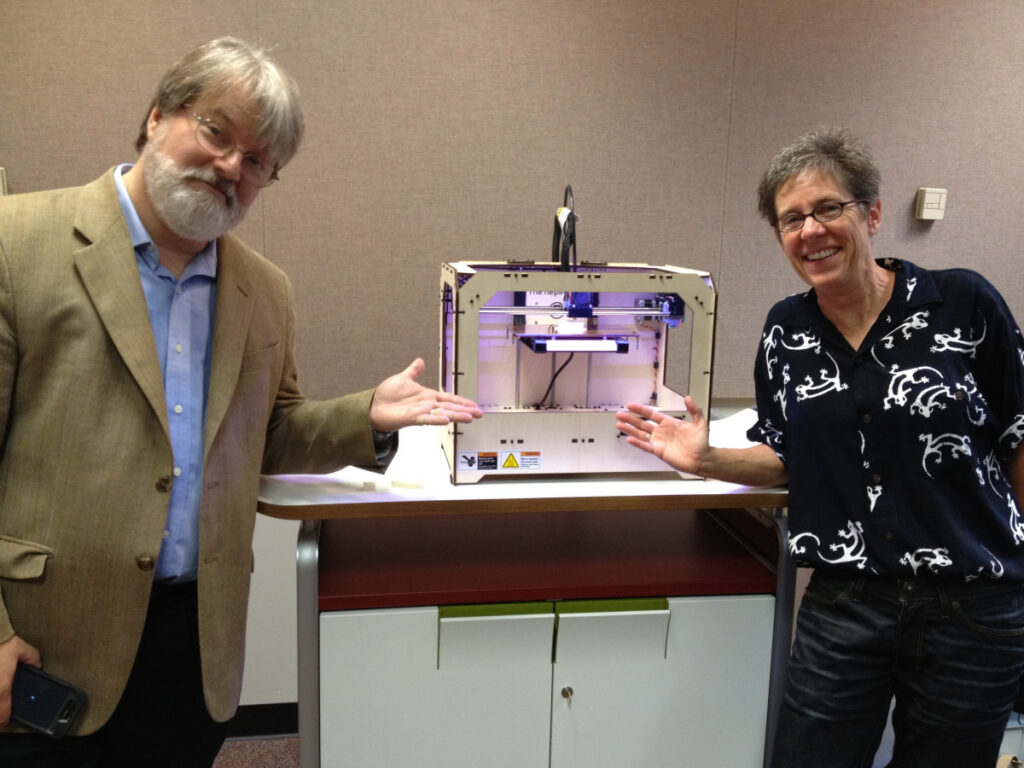
Consumer-grade printers once touted $200 entry points, but true hobbyists soon seek resin printing, hardened-steel nozzles, multi-material upgrade kits, and high-resolution touchscreens, according to Maker Freedom. Top-end desktop machines now command $1,000–$3,000, and filament or resin costs bite into budgets with every model you churn out. Add laser cutters, CNC attachments, and professional-grade slicer software subscriptions, and your desktop workshop looks more like an R&D lab.
Then comes the addiction to mods—like upgraded hot ends, auto-bed leveling systems, PEI-coated build plates, and even custom firmware. Oh, and you’ll definitely want backup printers for when your main one needs maintenance (because downtime is for quitters). Factor in all the failed prints, specialty filaments like carbon-fiber-infused PLA, and temperature-controlled enclosures for better performance, and this DIY hobby starts feeling eerily similar to running a startup. And heaven help you if you decide to sell your prints—suddenly you’re running an Etsy shop and your “fun weekend project” has turned into inventory management.
2. Home Coffee Brewing
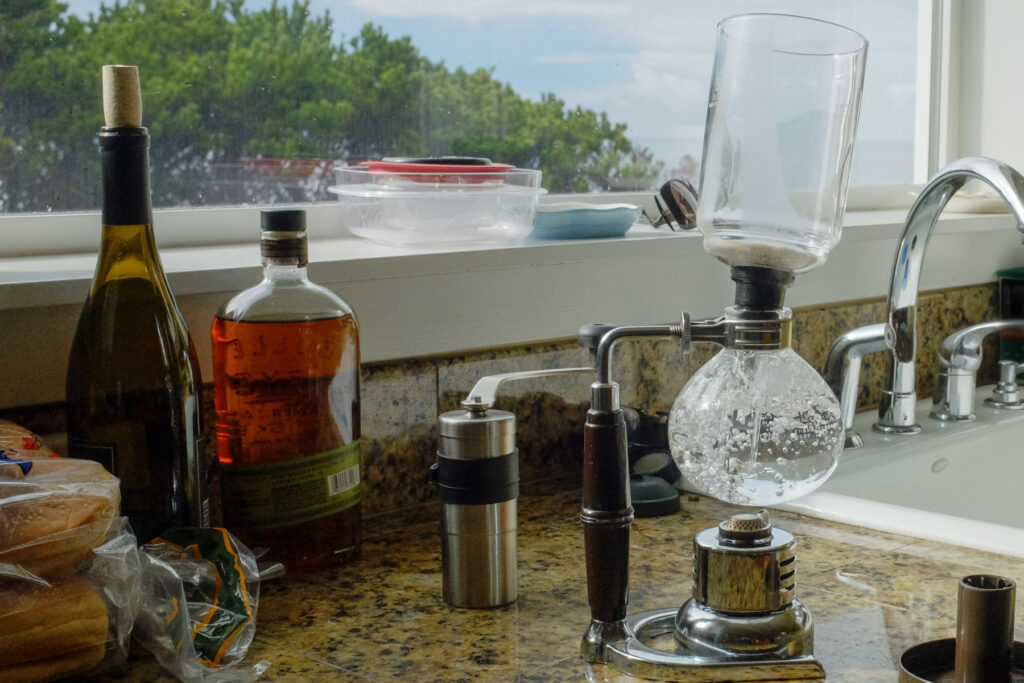
Home baristas used to pledge allegiance to the single-serve drip maker, but today’s coffee geeks treat their morning ritual like a science experiment. High-end espresso machines alone can set you back anywhere from $500 to well over $2,000—without factoring in pro-grade grinders that often start north of $300. Then there are scales accurate to 0.1 grams, precision kettles with built-in thermometers, and exotic single-origin beans that can cost $30 a bag. Guilds of grinder enthusiasts compare burr geometries as if plotting rocket launches, and you’ll hear about pressure profiling, pre-infusion, and bloom time on every corner of the ‘Gram. It’s wild that specialty coffee gear has become a multi-million-dollar playground, with aficionados dropping stacks on gear to chase that perfect “god shot” of espresso per Bloomberg.
Once you’ve mortgaged a small island for shiny new toys, the costs don’t stop. High-end beans, tampers, portafilters, and custom knock boxes all add up—instant coffee feels like a relic of the past. Clubs host competition-style brew-offs, and some participants invest in specialty barista training courses that can ring in the thousands of dollars. Want latte art that wows? Better add a microfoam pitcher and extra practice time (aka milk consumption). And don’t forget those nitro cold brew kits or slice of the boutique nitro keg market. Before you know it, the hobby that once cost you pocket change now rivals your rent in monthly upkeep.
3. Photography Gear
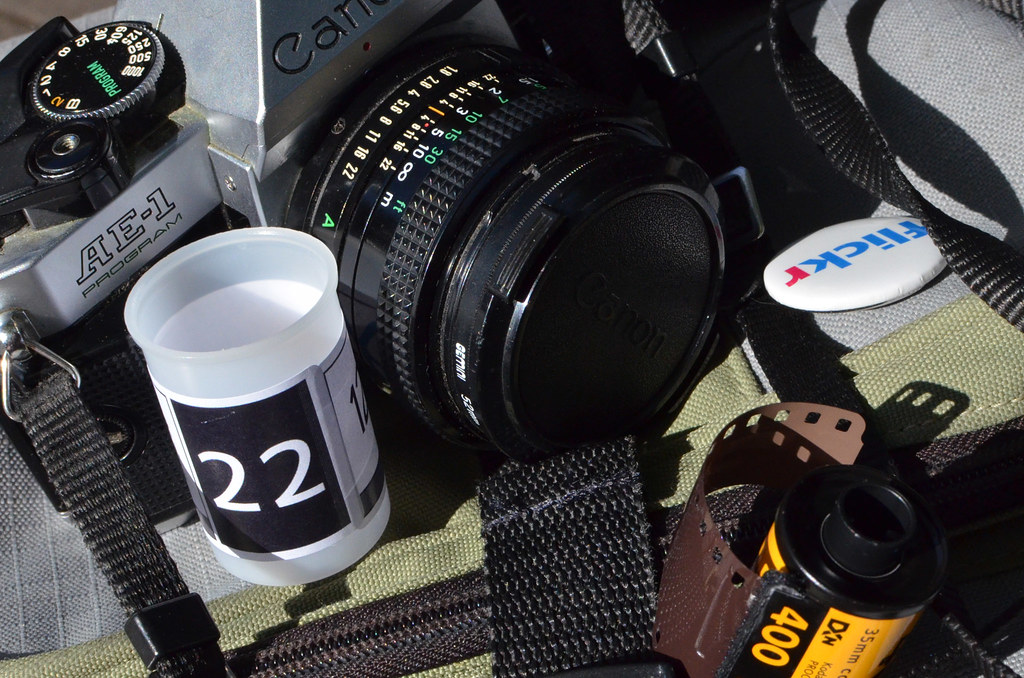
Remember when a point-and-shoot camera and a roll of film were all you needed to capture life’s moments? Now, even a “starter” DSLR bundle with a basic zoom lens will set you back close to $1,000. Enthusiasts chase the latest mirrorless bodies, premium prime lenses that can cost as much as some used cars, and high-capacity memory cards that hover around $100 each. Renting specialty glass for a weekend shoot only deepens the hole, and don’t get me started on tripods, filters, flashes, and those gimbal stabilizers—every add-on feels like a must-have. As reported by Yahoo Finance, used camera gear prices have climbed over 4% in just the last few months, with some niche lenses fetching premiums far above MSRP.
Then came the mirrorless revolution, which rendered many older lenses obsolete and propelled photographers into upgrade cycles every couple of years. And if you thought post-production was free, think again—monthly subscriptions for RAW-processing software and cloud storage can quickly rival your Netflix bill. Professional workshops, exotic photo tours, and high-end printing services cement the hobby’s transformation from “fun and cheap” to “investment portfolio.”
4. Cycling
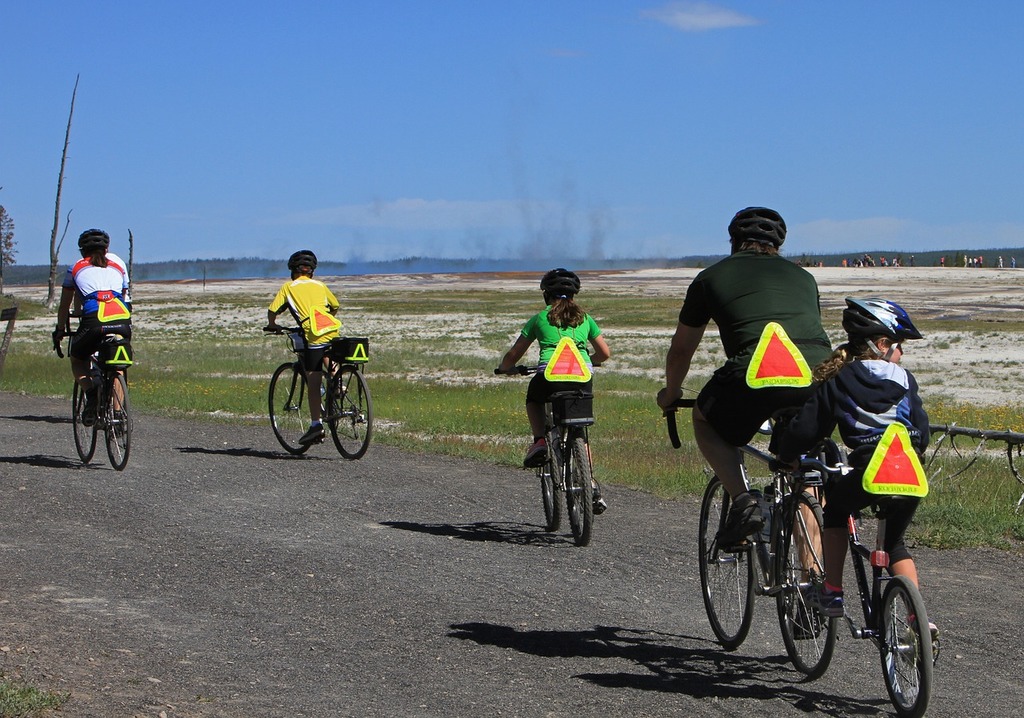
A decade ago, a decent road bike could be had for a few hundred dollars, but nowadays even “entry-level” models start around $1,200. Layer on clip-in shoes, smart trainers, carbon wheels, aero helmets, wearable power meters, and a subscription to a training platform, and you’ve got a habit that devours paychecks. Per the Financial Times, US bicycle prices are projected to spike by up to 50% due to tariffs and supply-chain snarls—meaning that $2,000 bike you eyed six months ago might cost $3,000 by season’s start.
What started as a cheeky commute option has become a sport of bespoke kit and data-driven performance tracking. Cyclists swap out frames like sneakerheads rotate kicks, chasing the lightest, stiffest setups. Club memberships, race entry fees, and tune-ups at boutique bike shops all bleed wallets dry. And if you toss in the cost of carbon-fiber panniers, GPS computers, heart-rates monitors, and a steady stream of spares, you’ll wonder how you ever pedaled for under $100.
5. Home Gardening

Plant parents once flocked to bargain nurseries for a couple of $5 succulents; now, rare variegated monsters and specialty planters can command hundreds of dollars apiece. Propagation tools, grow lights, automated watering systems, and soil-testing kits have turned backyards and windowsills into mini-greenhouses that rival boutique farms. Per The Washington Post, some rare houseplants have been Insta-glamorized to the point where their prices soar into the triple digits—and often crash only when big-time growers finally scale up.
Meanwhile, hobbyists splurge on heirloom seeds, custom potting mixes, weather-proof planters, and soil sensors that ping your phone at the slightest drought. Greenhouse kits, cold frames, and hydroponic rigs are the new norm, and workshops on grafting and air layering can cost as much as a weekend yoga retreat. Your urban jungle now needs monthly “plant mom” budgets just to keep the rainforest vibe alive.
6. PC Gaming
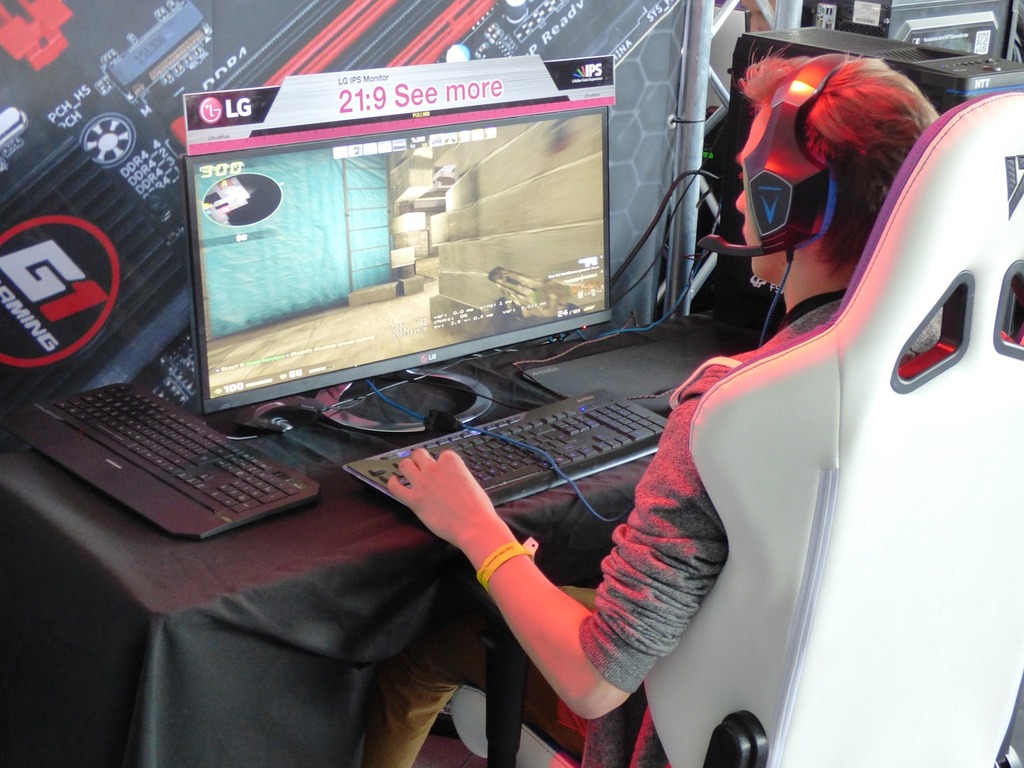
Building a “budget” gaming PC used to mean a couple hundred bucks for some mid-range parts; today, a modest rig that runs modern titles smoothly starts around $1,200, and high-end builds easily climb past $3,500. Add a 4K monitor, mechanical keyboard, gaming chair, VR headset, and high-FPS mouse, and you’re flirting with a mortgage payment. According to CyberPowerPC, the average cost to build a gaming PC capable of solid 1440p (or even 4K) performance is roughly $1,000—before factoring in peripherals that sneak the total into the $2,000–$4,000 range.
Then there are subscription services for premium content, trophy-hungry expansions, microtransaction-driven skins, and fast-paced hardware upgrade cycles that make obsolescence a weekly fear. Enthusiasts queue up GPU drops, preorder limited-edition cases, and shell out for custom liquid-cooling loops—all to eke out a few extra FPS.
7. Woodworking
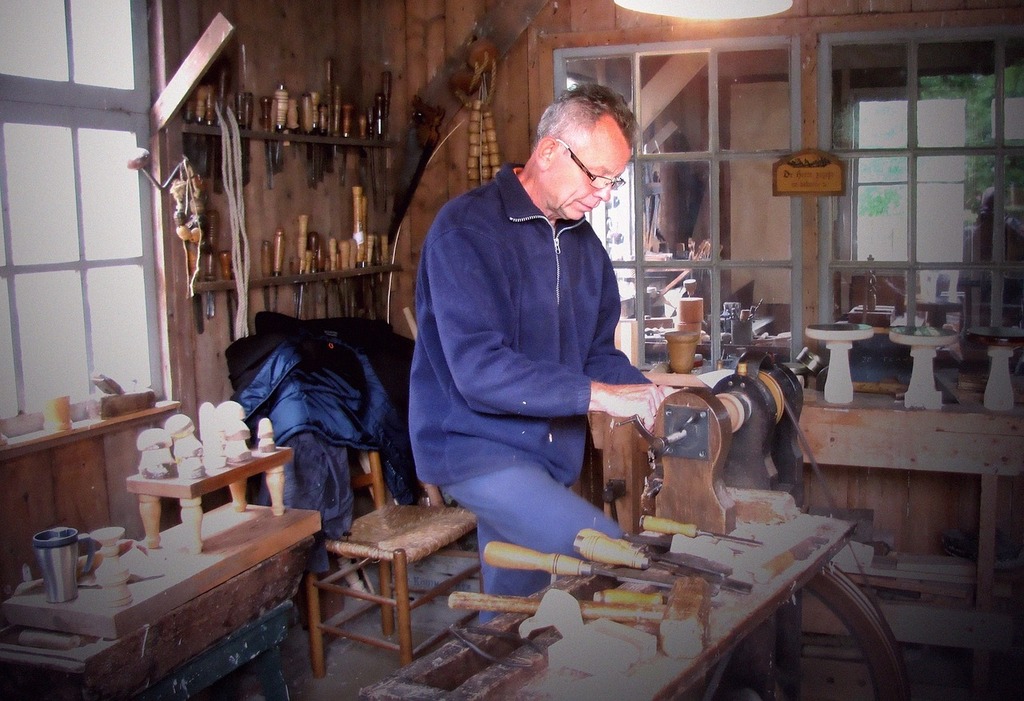
What started as “let’s build a simple bookshelf” morphs into a full-on workshop complete with table saws, planers, jointers, and a wall of fancy router bits. Quality hardwoods alone can cost upwards of $20 per board foot, and dust-collection systems that keep your lungs intact have price tags in the four figures. Throw in sharpening stations, high-precision measuring tools, and specialty finishes, and your makeshift garage shop quickly becomes a small factory.
Whether you’re crafting live-edge tables or precision dovetail drawers, every upgrade feels like a necessity: fancy clamps, pocket-hole jigs, and doweling machines. Soon, you’re negotiating for square footage in your garage and wondering when that CNC router will finally land in your Etsy studio.
8. Birdwatching

A pastime once defined by sitcom binoculars and a thrift-shop field guide now demands top-tier optics, custom tripods, audio-recording gear for birdcall analysis, and state-of-the-art spotting scopes that rival telescope prices. Premium binoculars with phase-coated lenses and wide fields of view can run $1,000–$2,500, and layering on camera adapters for digiscoping can easily double that investment.
Guided birding tours, membership dues for ornithological societies, and subscription apps for real-time migration alerts add up as you chase rare sightings. It’s a hobby that can land you at the bank to mortgage a home for a rare tanager sighting.
9. Scuba Diving
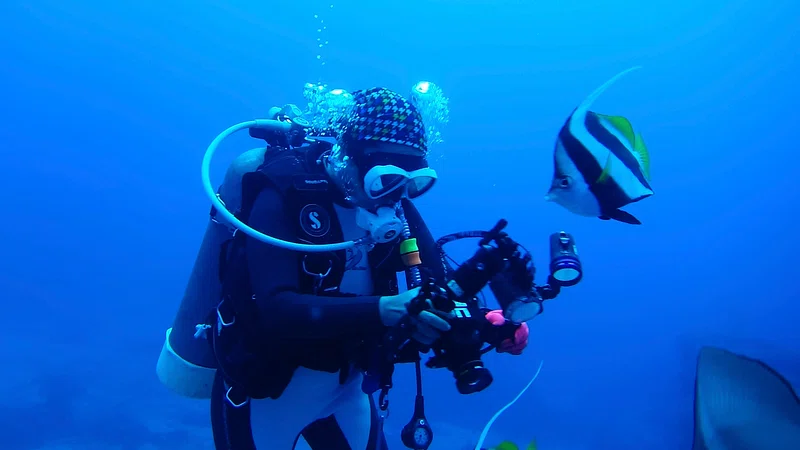
Buying your own BCD, regulator set, wetsuit, dive computer, and tanks is a one-time hit of several thousand dollars, and that’s before counting travel to exotic dive sites. Equipment servicing, specialty certifications (nitrox, wreck, deep diving), and boat fees can drain your vacation fund faster than you can say “open water.” Once you factor in underwater camera housings, lighting rigs, and decompression-stop floats, diving can feel like maintaining a small submarine—both in cost and complexity.
And while shore dives close to home can help keep things marginally affordable, the real gems—shipwrecks, coral reefs, whale sharks—live in places that require airfare, hotel stays, and liveaboard dive boats that can run $3,000 a week (plus tips). Some divers even upgrade to drysuits for colder waters, which means more gear, more training, and yep, more money. Insurance for both your gear and yourself is a must, and annual refresher courses ensure you don’t forget how to manage a malfunctioning regulator 60 feet underwater. It’s a thrilling hobby, no doubt, but unless your day job involves treasure hunting or marine biology, your wallet might eventually start waving the white flag.
10. Vinyl Record Collecting
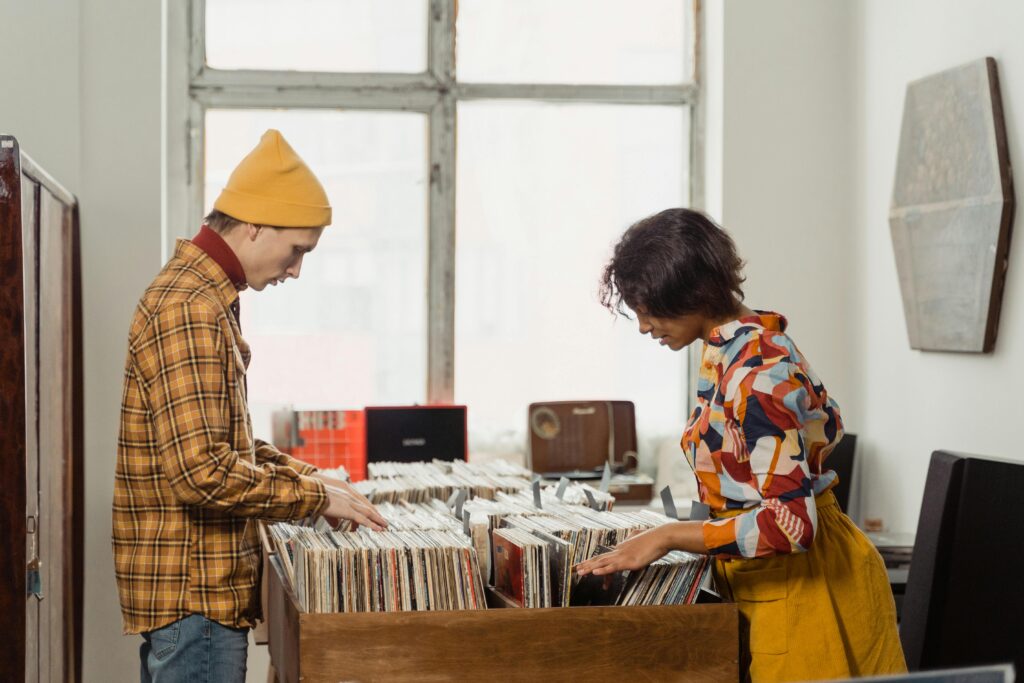
Vinyl’s resurgence means new pressings and rare first-editions now fetch hundreds or even thousands of dollars apiece. Record players have transformed into audiophile masterpieces, complete with high-torque motors, precision tonearms, and custom cartridges—all priced well beyond the beginner’s turntable. Don’t forget anti-static brushes, isolation platforms, and high-end preamps that feel like splurging on a hi-fi stereo system for your living room.
And once you fall down the rabbit hole, it’s not just about playing the records—it’s about storing them properly in climate-controlled rooms with acid-free sleeves and record crates that are both functional and Pinterest-worthy. Serious collectors will chase rare imports, limited-color pressings, and anniversary reissues, sometimes bidding in late-night eBay wars like vinyl is cryptocurrency. Want to digitize your collection? Better shell out for a USB turntable or dedicated A/D converter. And let’s not forget the audiophile forums, where groupthink and peer pressure will convince you that you need to spend $400 on a stylus upgrade to really “hear the depth” in Fleetwood Mac’s Rumours.
11. Homebrewing Beer
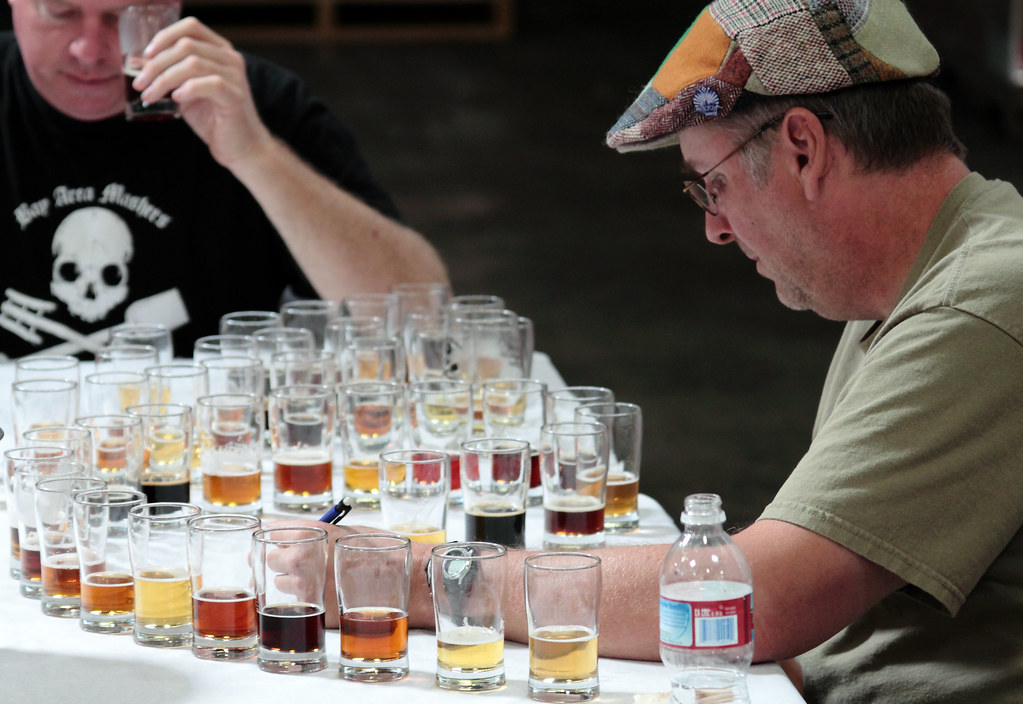
Bubbling up your first batch at home used to require a simple pot and a bung; now, full-on microbrewing setups include stainless-steel fermenters, PID-controlled mash tuns, glycol chillers, and hop-shot additions that make every batch a science fair. Ingredient kits can cost $50+ per batch, plus sanitizer, kegging systems, and carbonation tanks. A fully decked-out homebrew shed can rival a nano-brewery’s startup costs.
Of course, once you’ve brewed a couple solid pale ales, the desire to scale up kicks in hard. You’ll want to experiment with barrel aging, dry hopping, and maybe even building a kegerator with custom taps (yes, plural). There are local competitions to enter, which means branding your beer, printing custom labels, and possibly renting brewing space to meet minimum volume requirements. And if you get really into it, there’s yeast culturing, water chemistry tweaking, and expensive brewing software that basically turns you into a part-time chemist. You’ll go from “just a guy making beer in his garage” to “craft beverage engineer with a temperature-controlled lagering fridge and opinions about Belgian esters.”
12. Drone Flying
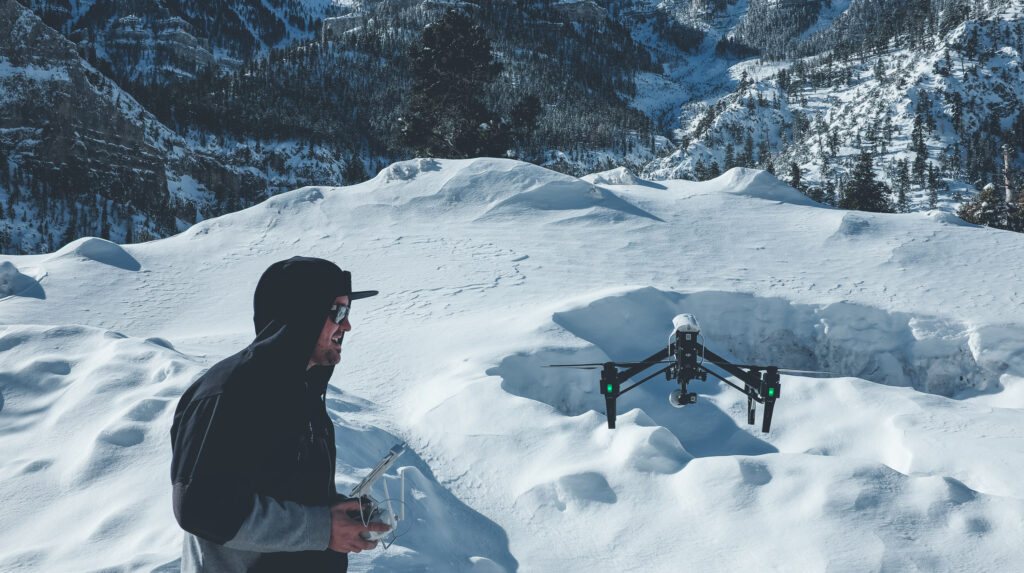
Toy drones once sold for under $100; professional camera-equipped drones now start at $1,500 and quickly ascend to the $10,000 range for cinematic rigs. Spare propellers, precision landing pads, high-capacity batteries, and polarized ND filters become mandatory gear. Add FAA registration, insurance, and Master’s certification for commercial gigs, and you’ve got a hobby that straddles recreation and regulated aviation—both in complexity and cost.
And let’s not forget the ever-present risk of crashing your quadcopter into a tree, lake, or curious seagull—repairs often mean replacing half the drone. If you’re flying for photography or videography, you’ll also need editing software, color grading tools, and possibly a backup drone for redundancy (because clients love “just in case” plans). Want to race drones? That’s a whole other cost tier involving FPV goggles, ultra-light builds, and custom controllers. Even recreational flyers spend hours fine-tuning GPS settings and obsessing over firmware updates. It’s a thrilling way to see the world from above—but your budget better be flying high, too.
This article is for informational purposes only and should not be construed as financial advice. Consult a financial professional before making investment or other financial decisions. The author and publisher make no warranties of any kind.





